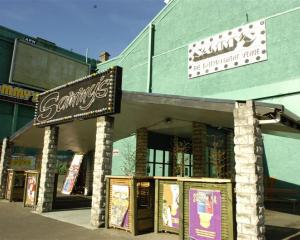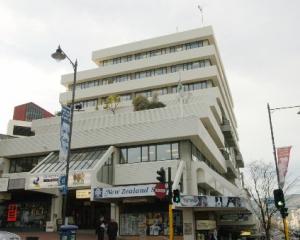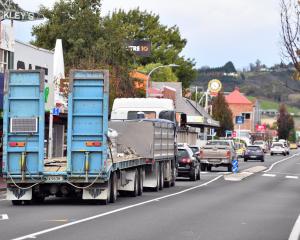Council business development team leader Greg Sligo told the Otago Daily Times the old landfill was buried near Moana Rua Rd - between St Kilda and St Clair beaches - and was used from the early 1900s to the late 1940s.
It had largely been forgotten about, until severe coastal erosion in the area in 2007 prompted an emergency council response and more detailed planning of ways to protect the area in future.
Mr Sligo is a member of the council's Ocean Beach project team, which was established last year to consider the many reports and studies undertaken since 2007 to aid the planning process.
One of the reports identified the existence of the landfill, but not its exact size or location, he said.
That was now part of the work of the project team.
Mr Sligo presented a progress report to a meeting of the council's community development committee in Dunedin last week.
The report warned "considerable quantities" of trade waste and household and garden rubbish had been buried in the old landfill, but the exact nature of the materials and their location was not yet known.
There was a risk continued erosion in the area could expose the landfill and, depending on the type of waste, contaminate the area, the report said.
However, Mr Sligo said when contacted yesterday the risk was "minuscule".
It was believed there was at least 40m of land between the old tip and the sea, and the landfill was likely buffered by hard fill along its seaward edge, and a clay cap under the sand but on top of the landfill, he said.
Sand-replenishment work undertaken by the council since 2007 had also proven effective in protecting the area, he said.
However, a resource consent was being sought from the Otago Regional Council to allow samples to be taken from the area, which would help determine the landfill's exact location and how much of a buffer existed between it and the sea, he said.
Results would be presented to the council to consider early next year, allowing decisions to be made - following public consultation - about how best to manage the area in future, he said.
However, from early aerial photographs it appeared the gap between the sea's edge and the landfill area had changed little since 1947.
"It's remarkably stable," he said.
Options to be considered by councillors could, for example, include reducing the slope of sand dunes in the area, to minimise the impact of erosion in the area, he said.
However, that would require more room inland from the coast, in turn requiring better knowledge of the landfill's exact location, he said.
Alternatively, the council could consider "hard options" - such as extending the St Clair sea wall to better protect the area - or alternatives including continued sand-replenishment work, he said.












